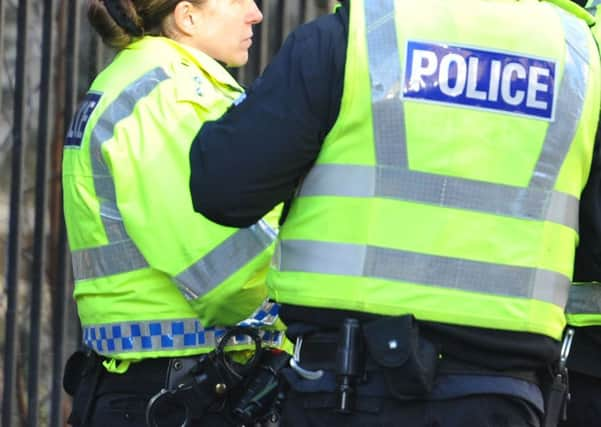Leaders: Hijab move is first step towards greater diversity


If Police Scotland is to best protect and serve communities across the country, it is crucial that the force reflects Scottish society. Achieving this has long been an uphill task. The eight legacy forces struggled to shirk off their reputation as an employer of white male Scots.
The prolonged journey towards change has been hindered by restrictions which deter some potential recruits from the considering a career in the police. That is why the decision by the national force to introduce a hijab as part of its uniform is to be warmly welcomed.
Advertisement
Hide AdAdvertisement
Hide AdUntil now, female officers wishing to wear headscarves had required to seek the permission of their line manager. While this might seem like a minor administrative hurdle, it is an entirely unnecessary one.
By updating its uniform policy, the force will now hopefully encourage more Muslim women to contemplate joining up. It is a sensible and inclusive small step which is, it should be stressed, long overdue. The Metropolitan Police introduced the hijab as a uniform option some 15 years ago.
Few people, least of all senior officers at Police Scotland, would dispute that the move is timely. It should trouble all of us that there were just 127 applications from black and Asian candidates in 2015-16 – a mere 2.6 per cent of the total number of people seeking employment with the force.
Figures obtained by the Liberal Democrats using Freedom of Information legislation show there are just 175 officers who identify as black, Asian or minority ethnic (Bame) in a force of more than 17,000. Police Scotland is certainly aware of the problem. In a briefing provided to the Scottish Police Authority, it said it would have to recruit an additional 650 ethnic minority candidates to reflect the 4 per cent of those from black and Asian backgrounds in society as a whole. The target, it informed the authority, was currently “unachievable.”
Chief Constable Phil Gormley, who is still getting to grips with his new post, has acknowledged that the force has “diversity challenges.” He deserves time to put that right and, so far, he has making all the right noises. The decision over the use of hijabs represents further progress. No-one would claim it is an overnight solution to such a deep-rooted problem but it is symbolically significant and, in time, could help usher in a much-needed shift in perception.
How else can the force address the issue of ethnic minority representation in its ranks if the system, fundamentally designed for another era, does not allow those of a certain culture of faith to dress appropriately?
The issue throws up questions about other cultural differences which become restrictions. We have to look at them too if we are to ensure Police Scotland’s intake spans every cross-section of the country.
Barely a decade has passed since age and height restrictions were removed, antiquated barriers which stood in the way of diversity. It is to be hoped that Police Scotland is now entering a new era which will expand that liberal recruitment policy even further.
Support is just as vital as care
Advertisement
Hide AdAdvertisement
Hide AdThe results from the first ever survey of cancer patients across Scotland paints a broadly encouraging picture of the system of treatment and care.
Some 94 per cent of respondents to the Scottish Cancer Patient Experience Survey said their care experience was positive. That such a sizeable majority feel happy is a welcome sign and offers a resounding vote of confidence in an NHS that is fighting battles on several fronts.
For those diagnosed with cancer as well as their families, the experience is a traumatic and unsettling one and it is to be hoped that these statistics offer comfort and reassurance.
Regrettably, the study throws up several other worrying findings. The survey found just 22 per cent had a care plan, while only half of those who took part felt they were given enough support by health and social services during their treatment. A fifth of respondents said they could not find someone to talk to about their fears.
Many people do not wish to share their emotions with their loved ones or close friends. That is an entirely natural response. But it is essential that a network of support is in place to allow them to speak to someone.
It is just as important when it comes to financial and practical issues. For some with cancer, the stress of travel arrangements for their treatment or wondering how to pay household bills can be at the forefront of their minds. These are understandable yet unnecessary burdens, and more must be done to help.
No-one diagnosed with cancer should have to go it alone or struggle for information. There are heartening findings in the survey, but equally it shows there is much work to do.